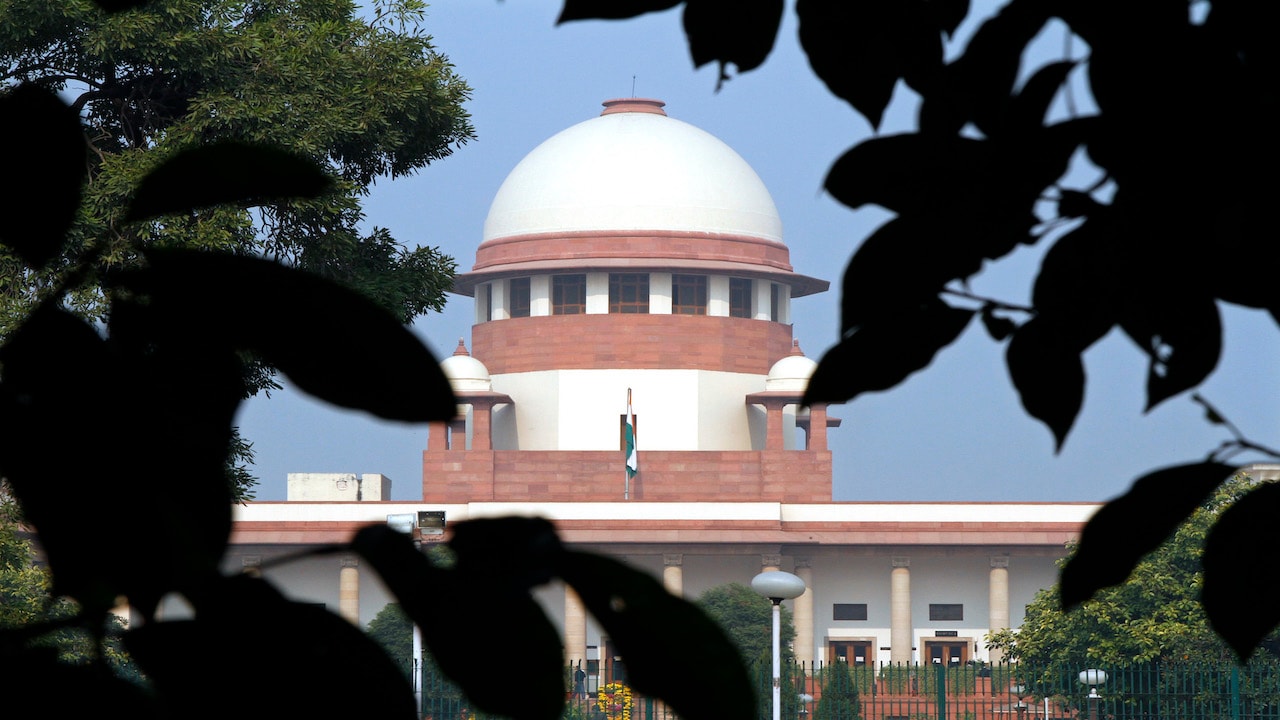Limit Changes Unveiled
From September 15th, the National Payments Corporation of India (NPCI) initiated new transaction limits for UPI. In general, the base limit remained at the standard
level, but some select areas observed noteworthy augmentations. The adjustments primarily address areas requiring larger transactions, like medical expenses and educational disbursements, which were now facilitated with higher ceilings, streamlining the processes for these specific needs. This shift reflects an attempt to balance the increasing need for higher value transactions with security concerns associated with digital payments, making it crucial for users to stay informed on these changes to seamlessly conduct their financial activities.
Medical & Education Focus
The revised UPI framework allowed for increased transaction limits, most notably within medical and educational sectors. For hospital payments and tuition fees, the maximum limit was raised significantly, allowing for individual transactions up to ₹5 lakh. This increase was strategically implemented to facilitate easier and more efficient payments for larger sums frequently associated with these sectors. The raised limit aims to make payment processes smoother for both institutions and individuals, thereby reducing complexities often tied to managing high-value transactions, which previously needed multiple transfers or non-UPI methods. This move underscores the effort to modernize financial transactions and cater to the growing payment needs in critical areas like healthcare and education.
Other Important Categories
Beyond healthcare and education, the revised guidelines also had implications for other key categories. Several other sectors that frequently manage considerable transactions also saw an upgrade. Transaction limits for specific sectors, beyond the general ones, saw considerable increases, also up to ₹5 lakh in some instances. These areas were carefully selected and included services where larger payments are standard, such as investments, which streamlines processes. The increase caters to industries where substantial payments are common, facilitating smoother and more efficient transactions while maintaining user security. This ensures payment processes align with the financial requirements of diverse sectors.
Understanding the Impacts
These changes to UPI transaction limits carried several implications for users. The increased limits, especially for medical and educational expenses, aimed to simplify transactions and enhance convenience for larger payments. It ensures easier handling of high-value transactions, reducing the need for multiple smaller transfers or alternative payment methods. The updates cater to different financial needs, promoting smoother, more effective payment experiences within essential sectors. While the changes brought advantages, users needed to stay informed to properly manage their transactions, ensuring they benefited from the new, more accommodating limits that were implemented.
Staying Updated & Safe
As UPI transaction limits evolved, it's vital to remain informed about the latest updates. Regularly checking with your bank or preferred payment platform for the most recent regulations ensures you have accurate data. Awareness of these changes enables you to utilize the enhanced limits and enjoy improved transaction flexibility. Staying vigilant about security protocols and transaction limits is also very important for protecting your financial data. This proactive approach helps users to navigate digital payments securely and utilize the revised features effectively, allowing them to maximize the benefits of the new framework.










